
Small and medium scale maps 1:50,000 up to 1:10,000 (possibly 1:5,000 in near future) at most can be replaced by High Resolution Satellite Imagery (HRSI), though we need ground survey of many objects which cannot interpreted from the HRSI. I agree that the cost performance to produce the smaller scale maps with HRSI would be much higher as compared with aerial photogrammetry if the cost of HRSI is not much high…
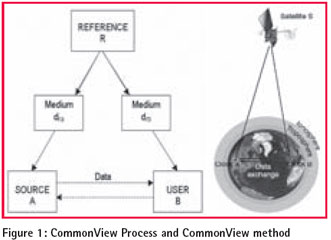
A central issue in designing complex networked systems for critical applicative domains is the possibility of keeping each node of the network synchronized with respect to a given system time scale. The problem is even more critical when the synchronization accuracy determines directly the performances of the whole system.
July 2008
International Summer Schoool on GNS
21 – 31 July
Berchtesgaden, Bavaria, Germany
http://www.munich-satellite-navigationsummerschool.org
August 2008
ESRI’s 28th annual International User Conference
August 4-8, 2008 in San Diego, California
http://www.esri.com
3rd Indonesian Geo-Information …
GeoSpatial Experts have introduced an integrated magnetic compass/GPS receiver module for the Ricoh 500SE digital camera It had a sole built-in GPS receiver, which enabled the camera to acquire the location coordinates of each photo and embed them with the photo as an attribute without an external GPS device.
INDUSTRY | LBS | GPS | GIS | REMOTE SENSING | GALILEO UPDATE
Satellite technology to aid fishermen in India
The Indian Remote Sensing Applications Centre at Hyderabad has been giving readings of the remote sensing satellite to all the fishing harbors to help the fishermen to track the fish shoals. The system works on the …
Australia is looking to GPS and inertial sensor technologies as the basis for a modernized train management system, using Lockheed Martin to help develop it. The company has received a US$74.8 million contract from the Australian Rail Track Corporation Ltd. for the proofof-concept phase of the Advanced Train Management System (ATMS).
The soaring food price in recent months has been unprecedented.
Increased food prices could lead to increased poverty and unrest.
Even, UN call …
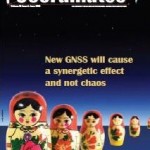
Solving the GPS gap
Antonio Angrisano, Armando Pacifico, Mario Vultaggio
Government policy, applied research, commercialization…
Dr. Robert A. Ryerson, Chanchai Peanvijarnpong
VLBI geodetic precision with different models
Erhu WEI, Jingnan LIU, Peijing PAN
Going deeper undergroundl
Marc Hobell, Jim Stancliffe

Beneath our feet in the UK lies a vast labyrinth of millions of kilometres of buried pipes and cables, delivering key products and services essential to our social and economic well-being. These networks of buried assets need repair and maintenance, and the growing demands of the UK economy mean that in years to come the networks will continue to grow significantly, as will the amount of traffic on the streets under which many of these assets lie.
There are now more companies involved in digging holes across the UK than ever before. Latest estimates put this figure at around 4 million holes dug by utility companies annually, and this excludes any excavations made as part of construction projects and works away from the street. Every time a hole is dug it impacts on traffic and the local environment. Often, holes turn out to be ‘dry’ – inaccurate information means that assets thought to be there cannot be found.




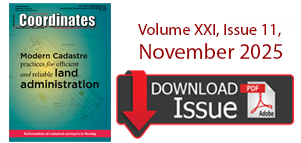

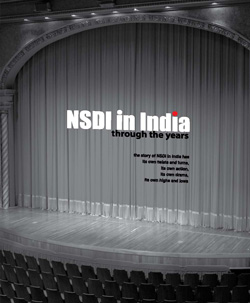
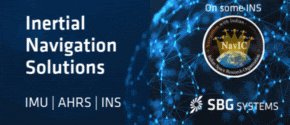



 (5.00 out of 5)
(5.00 out of 5)